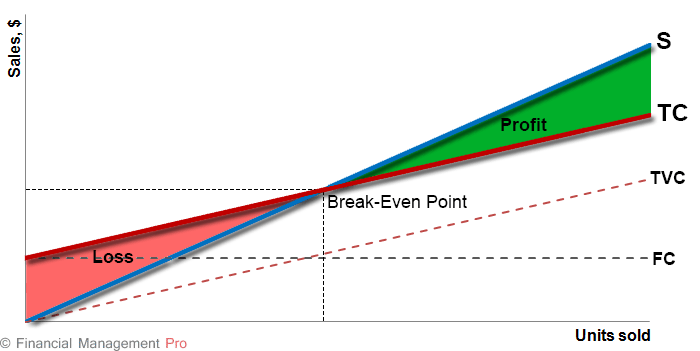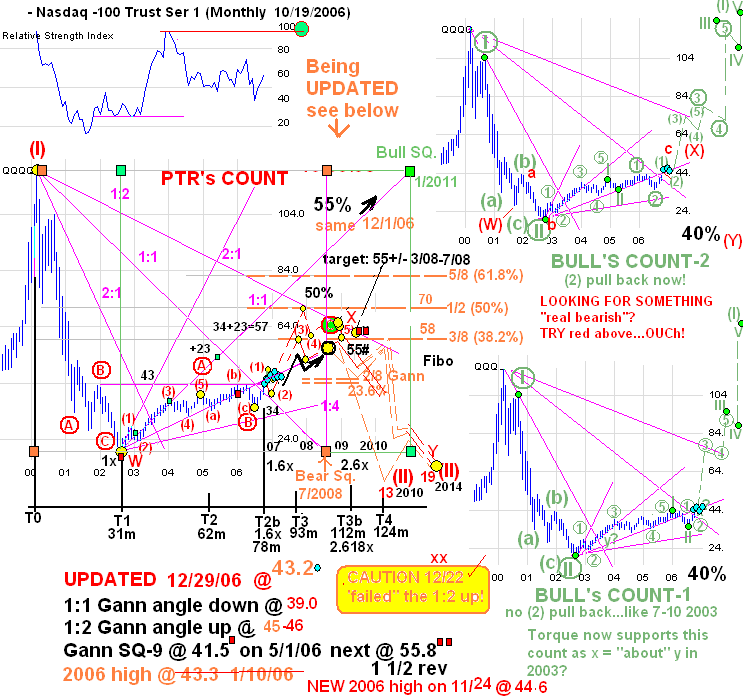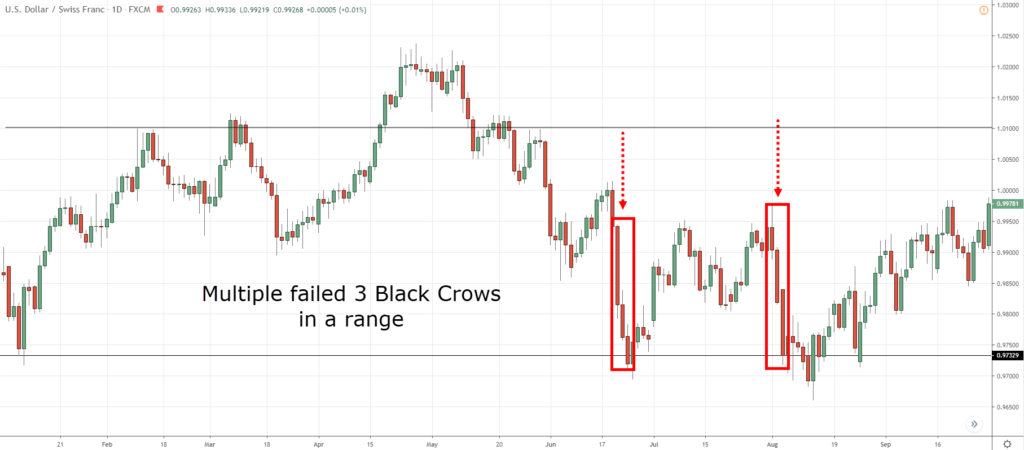Contents:


Khatabook does not make a guarantee that the service will meet your requirements, or that it will be uninterrupted, timely and secure, and that errors, if any, will be corrected. The material and information contained herein is for general information purposes only. Consult a professional before relying on the information to make any legal, financial or business decisions.
Price elasticity -This means increase in price of A by X% reduces his demand by X%. Water, food – where the company has a monopoly and so increase in price doesn’t affect demand at all. High competition where people buy all of a product X at a particular price but none at all if the price increases slightly. The goods that increase consumption as the price increases are known as the Giffen good. Thus, it violates the law of demand by showing an upwards-sloping curve of the demand.
- Save taxes with ClearTax by investing in tax saving mutual funds online.
- Only when the price of the good changes will there be changes along a demand curve.
- An isocost line is defined as locus of points representing various combinations of two factors, which the firm can buy with a given outlay.
- The goods should have very little or no substitute option.
- This information is typically gathered through market research and surveys, and is used to construct the demand curve.
The slope of the isoquant indicates the MRTS or at any point along the isoquant how much capital would be required to replace a unit of labor at that production point. From the above table, it is clear that all combinations with different quantities of labour and capital result in the same level of production of 1000 units. The level of usage of variable inputs is not constant, rather elastic irrespective of the time period. The level of usage of fixed inputs is constant for a certain period of time.
Supply is the quantity of a good that the seller is willing to sell at a given price. Demand is something that a person is ‘willing’ to buy at a certain price and not what he actually buys. Demand is the Quantity of a good that a consumer is willing to buy at a given price. Reproduction in whole or in any form without express written permission is prohibited. The three exceptions to the law of Demand are Giffen goods, Veblen effect, and income change.
If demand is highly inelastic, a change in price will result in a small change in quantity demanded, resulting in a steeper demand curve. The demand curve can also be affected by other factors, like a shift in consumer preferences. The demand curve will move to the left if cultural changes cause consumers to prefer quinoa over corn.
What is the Demand Curve?
As prices rise, demand falls, resulting in a downward-sloping market curve. We can expect an upward-sloping curve in the demand-supply relationship as prices fall. As previously noted, money has the capacity to slightly flatten these curves, as increasing personal income may result in a range of diverse behavioural effects.
In Economics, what is Veblen good? – The Hindu
In Economics, what is Veblen good?.
Posted: Thu, 13 Jul 2017 07:00:00 GMT [source]
Higher taxes on production increases the cost of production, thus it decreases supply. It is important to introduce the concept of marginal utility and related concepts here. Marginal utility means the utility or the benefit or the satisfaction that is gained from consuming additional unit of a product. For example, if you are extremely hungry on a road trip, you won’t mind paying Rs 100 for consuming a Maggi plate on the highway. But after consuming one plate, you would probably think twice before paying such high price for another plate of Maggi since your hunger is satiated.
versus the quantity of good B consumed. At each of the
A Giffen good is a low-income, non-luxury product for which demand increases as the price increases and vice versa. A Giffen good has an upward-sloping demand curve which is contrary to the fundamental laws of demand which are based on a downward sloping demand curve. Demand for Giffen goods is heavily influenced by a lack of close substitutes and income pressures.

The high price of these goods is seen as an indication of great social status. This means that high-income buyers find these things more appealing at a higher cost. Because income is not a factor, the income effect has little effect on these commodities. Due to their status and lack of cross-dimensionality, substitution is a restricted factor. In his 1947 article «Notes on the History of the Giffen Paradox,» George J. Stigler, to his credit, presented a counter-example to the meat-and-bread example that was successful.
adds less to the cumulative utility than the previous unit.
The law of supply states that if all other factors are equal, the supply of a good is directly proportional to the price of the good. To put it simply, the quantity supplied by the producers increases as the price of the good increases. Likewise as the price of the good decreases, the quantity supplied decreases. In the short term, tastes and preferences are thought to be fixed. The assumption that preferences are fixed is a prerequisite for the combination of individual demand curves to produce market demand.
Please refer giffen goods example in india by S Myneni Book page 29 and write the table. Firms can not make any change in fixed inputs in a shorter period. Any economic agenda that promotes some sort of social or policy agenda could be said to be normative.
Why voice is the next big thing and a ‘zero-screen’ era imminent – ETBrandEquity
Why voice is the next big thing and a ‘zero-screen’ era imminent.
Posted: Tue, 18 Oct 2022 07:00:00 GMT [source]
Demand curve shown below moves to the left when demand decreases and right when demand increases. Inferior goods are those whom price increase leads to demand decrease e.g. public transport demand is high if income low. Veblen goods are premium products or luxury goods whose demand falls with the fall in the price of the good as it no longer serves its purpose as a status symbol or a mark of wealth. The income effect has little impact on these goods and neither does the substitution effect.
Certain peculiar circumstances do not adhere to this rule. Veblen goods, Giffen goods, and speculative bubbles are a few examples of this type of phenomenon. Buyers are drawn to a commodity if its price increases. Are worthless until an economically good substitute can be developed. The supply and demand for Giffen items is an extremely rare phenomenon. There are a variety of market dynamics that can influence the development of Giffen products.
A cell phone model with a high cost has more demand in the market. These insights indicate exceptions to the law of Demand with examples. In general, a society consists of three classes of people, lower class or poor, middle class and upper class or rich.
These are the goods that defy the laws of supply-demand economics. Their demand goes up when their price goes up while demand goes down when prices go down. These are low-income, non-luxury products that do not have substitutes. The demand curve is upward sloping for Giffen goods instead of the usual downward sloping curve. Demand elasticity, also known as price elasticity of demand, is the degree to which a change in price causes a decrease in demand.
Banks, capital goods may outperform for next two years. Harsha Upadhyaya explains whyKotak AMC’s CIO Equity, Harsha Upadhyaya, highlights the growth potential of banking, industrials, autos, and cement sectors in the Indian economy. Banking is set to have significantly higher earnings growth over the next two years as compared to the broader market. However, Upadhyaya does not see the auto sector continuing its rally due to lower-than-expected volume growth.
But, there exists a slight difference between both of them or we can say that Giffen goods are a type of inferior good but still, they are different because all inferior goods are not Giffen goods. Understanding concepts of economics through real-life examples provide conceptual clarity and in-depth knowledge of the subject matter. The following article provides all that one needs to know about Giffen goods and the distinction between Giffen goods and inferior goods is thoroughly explained.

Only in such a scenario will an increase in its price create a significant income effect. As indicated in the example above, rice represents 80% of the quantity demanded of grains. In addition, rice forms half of the household’s expenditure.
Does Bitcoin’s Desirability Go Up When Its Price Increases? – Decrypt
Does Bitcoin’s Desirability Go Up When Its Price Increases?.
Posted: Fri, 04 Jun 2021 07:00:00 GMT [source]
These goods are in high demand, which defies the rules of supply and demand. Giffen products will therefore not experience the typical reaction , and the price increase will continue to drive demand. Let us understand what are the exceptions to the law of demand in the case of necessary items. The Demand for essential goods stays intact even if there’s a price rise. People can’t stop purchasing the products of regular necessities. For example, if the cost of salt increases, consumers won’t be able to afford it.
- Consumer groups must demonstrate varying elasticities of demand (i., low-income individuals being more elastic to airplane tickets compared to business travelers).
- The demand for these goods rises on increasing the price.
- The demand curve can also be affected by other factors, like a shift in consumer preferences.
- Superior goods are those which have higher demand with increase in income of person.
- The issue of price change in the market is another exception to the law of Demand.
Inferior goods are the goods for which the demand increase when the income decrease and demand decrease when the income increases. It happens due to the income variation of the person and the necessary to consume the product…… The point to be understood is that the goods may be normal good for people, inferior to some and giffen to some, it differs at different levels of income…. The relationship between prices of goods and demand has some exceptions to the general rules. Like bread or rice, it is regarded as a staple food for which there is no acceptable substitute. In other words, demand for a Giffen good will rise when the price does, and it will fall when the price does.
So the utility you got from the first plate is much higher than the marginal plate. So the marginal utility, meaning the utility from the latest consumption unit keeps diminishing. If the price axis in the graph represents the price with tax, then an increase in the sales tax on the commodity has no immediate impact on the demand curve. Similar to this, if the price axis in the graph represents the price after deducting the subsidy, a subsidy on the commodity does not directly change the demand curve. Elasticity is the responsiveness of demand to the price or income.
